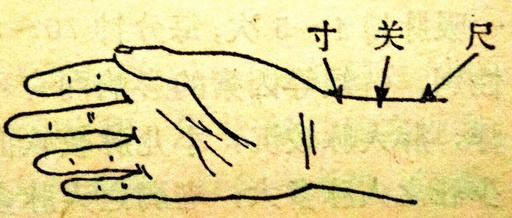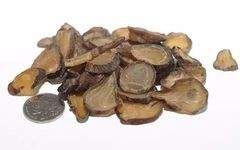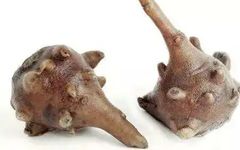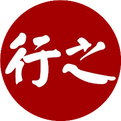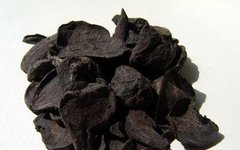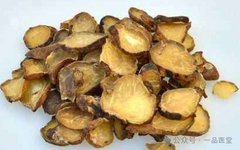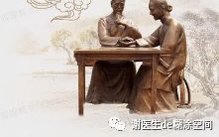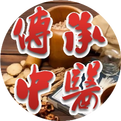Traditional Chinese Medicine Diagnosis: Floating Pulse
Serious Statement: All content in this public account is organized from the courses of the Houpu Traditional Chinese Medicine Health Class, intended solely for the learning use of Houpu TCM students. Unauthorized dissemination for commercial purposes is prohibited, and violators will be held accountable. 😭When taking a pulse, the patient’s pathogenic qi can easily enter … Read more

